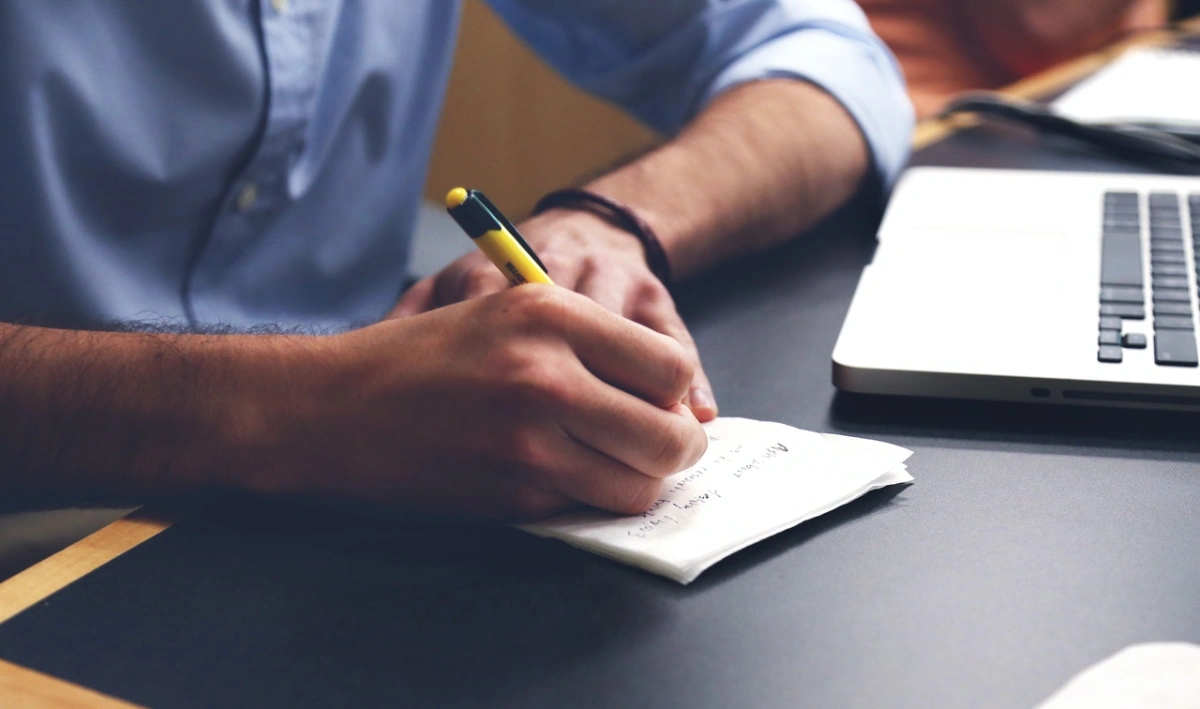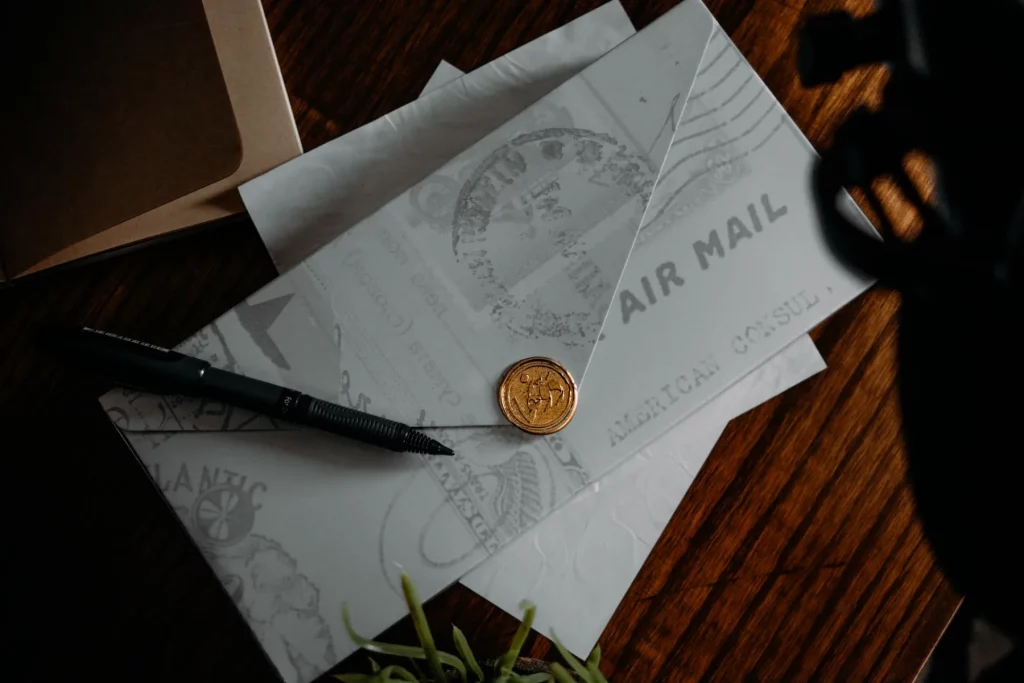New business owners can do almost everything online. From running their business to arranging logistics and marketing their products, the online merchant can accomplish just about any task from a computer. So starting a business is easier now than ever. But some tasks need to be done offline.
One of these tasks is how to write a check.
It sounds simple and ridiculous, but you’d be surprised at the number of business owners who don’t even know the parts of a check, let alone the fields they should fill out. Some are unsure if they can even write checks to themselves.
Though people do not use checks frequently due to the digital payment methods available, checks are still helpful in making official payments.
You can also refer to checks for vital details, like your check account and bank routing number, which are important for certain transactions, such as linking to payment apps or setting direct deposits.
If you’ve just opened a business or are unfamiliar with check formats, here’s what you need to know about check writing (and can you write a check to yourself?).
Check Anatomy: What are the Parts of a Check?
What does a check look like? Here are the basic parts of a check:
Personal Information
Located at the upper-left corner of a check are boxes for personal information about the account owner.
Most of the time, this part is pre-printed on checks.
This section often includes the following:
- Name
- Phone number
- Home address
This information is usually either the contact information you want to print when you order checks from your bank or the contact information associated with your account.
If you’re concerned about your privacy, limit the amount of information you put on the check. You can also use a post office box instead of your address.
Retailers often require certain details before they accept your check. For example, some retailers will ask you to write your number on the check. This offers protection for them in case of check fraud.
Payee Line
The payee line specifies who will receive the funds from you. On this line, write the name of the person or business you want to pay (aka the payee). Only the payee can cash, deposit or endorse it to another person.
Avoid using the recipient’s nickname when writing a check. Instead, write down their full name to avoid difficulty or confusion for the person cashing in or depositing the check.
On the other hand, you can choose not to write down the name of a specific organization or person. You can pay your check to the order of “cash.” This, however, can be risky since anyone can deposit or cash the check.
Check Amount Written Out With Words
On this line, write the amount of your check in words. For instance, if you must write a check for $12.50, write down “Twelve and 50/100” in this line. If there is a space either after or before the amount you want to write, strike through it with a single line to prevent other people from altering the check’s value.
Dollar Box
Write down the amount in a numerical format in the dollar box. Instead of “one thousand three hundred forty dollars,” write “1,340.00” in the box.
If you want to make your check more secure, make it difficult for other people to alter the number you write in the dollar box.
A rule of thumb when writing the amount in numbers:
- Enter the decimal and any number after the decimal.
- Write the numbers as far to the left.
- Always include “.00” for round dollars.
Account Number
Your account number sits at the bottom of the check. In most checks, there are three numbers at the bottom. Your account number is located in the middle. But some checks use a different format so make sure that it is your account number.
Signature Line
This is where you sign the check. The signature line is often found at the bottom right-hand corner of the check. Apart from affirming your part in the check, the signature line is a security feature. Banks use it to compare the signature on the line to the account holder’s signature on file.
ABA Routing Number
This routine number, which you can find at the bottom-left part of your check, is the bank’s “address.” This number helps other banks to connect with your bank, so they can withdraw your money whenever you write a check.
Check Number
This is the reference number that will help you:
- Know which checks are still outstanding
- Balance your checkbook
- Track the checks already processed by the bank
Some checks have the number printed in MICR to reduce the risk of fraud.

How Do You Write a Check?
To properly fill out a check, follow these steps:
- Write the date in the top right corner.
- Add the recipient’s name on the line next to “Pay to.”
- Write the amount to be paid numbers before you write it out with words.
- Sign with your signature at the bottom. You can also add a note where it says “re:” or “memo” in the bottom left corner.
General Pointers When Writing Checks
Apart from following the steps above, make sure you consider these steps when writing your check:
- Avoid writing in cursive. Instead, write in print to make sure all of the details are clear. The script is easier to read compared to cursive.
- Write as neatly as you can,
- Make sure that your spelling is correct.
- If you make a mistake, write “void” on the check and write a new one.
- Make sure that all the details are accurate.
Can You Write a Check to Yourself?
Writing a check to yourself isn’t illegal since you’re starting a transaction from your bank to another via different accounts, both of which are under your name.
But there are scenarios where writing a check to yourself is not advisable.
Since clearing is not required, pay more attention to the date on the check. If you write the date tomorrow on the check, by the same time tomorrow, when you spend the money, your bank will charge you the amount and the expense of fees.
With that aside, the process of writing a check to yourself includes the following steps:
- The bank will issue you a check
- You write the check and pay for their products and services
- The retailer receives the money from the bank
- The bank refunds the amount stated on the check on the specified date
Even if you’re an online retailer, writing a check is a financial task you should know. So when your business grows and you need to write a check, you know what to do.
